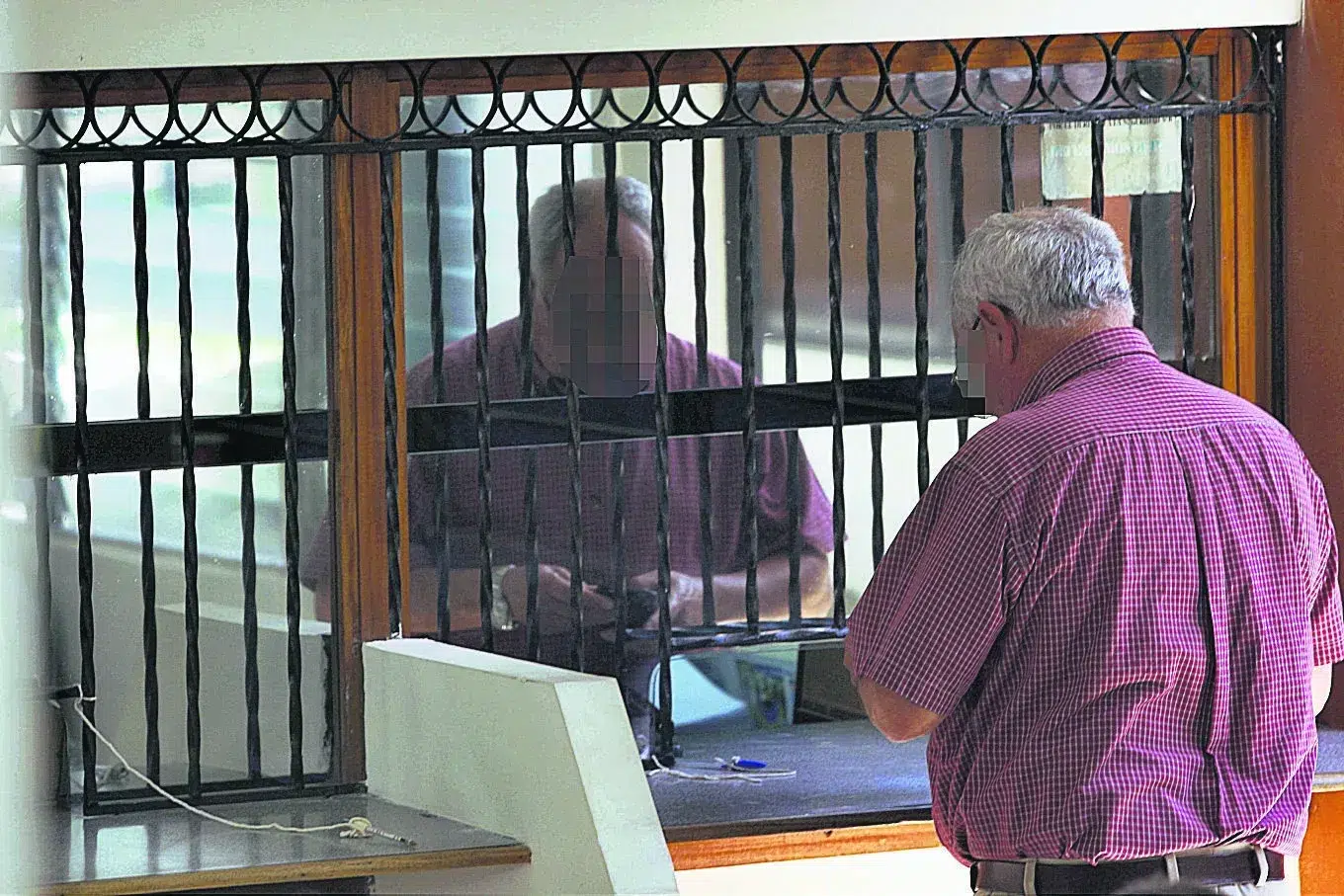In February, the government added $150 million more to the multi-million dollar debt it has with the contributors of the AFP. According to data from the Central Reserve Bank (BCR), the debt issued under the name “Pension Obligation Certificates (COP)” reached $1,397.50 million last month.
COPs are a new financial figure that the government created since December 2022, after a pension system reform, to continue taking money from workers’ savings and thus pay other pension commitments.
This new account is in addition to the $8,396.81 million that the government of Antonio Saca began to lend in 2006 through the Pension Obligations Trust (FOP) and which successive governments continued to increase.
This amount was later transformed into Transition Financing Certificates (CFT) which have a 4-year grace period but will begin to be paid starting in 2027.
By combining the balance of past debt with the new COP account, the total pension debt amounts to $9,794.31 million, a figure that already represents 28.79% of the Gross Domestic Product (GDP) if the new nominal value of 2023 GDP is taken as a base, at $34,015.62 million.
With these new figures from February, economist Rafael Lemus confirms that the government’s pace of issuing debt will average $1,000 million per year, so after four years, its COP debt will have added up to more than $4,000 million.
“By 2027, the government would have a balance of around $12,500 million. That’s when it’s going to start feeling the payment flows because it will pay the COPs and also the CFTs.” — Rafael Lemus, Economist
This figure is worrying because, in 2027, the government would have a total balance of around $12,500 million, with which it will have to begin paying a 7% interest rate.
“That’s when it’s going to start feeling the payment flows because in 2027 it’s going to start paying not only the COPs but also the CFTs,” he said. The same opinion was expressed a few weeks ago by the former president of the Central Reserve Bank, Carlos Acevedo. “I don’t want to imagine the 2027 scenario,” he said. For Lemus, that year will be key to knowing if the government achieves payment capacity or “attacks” the pension savings fund.
The last figure for the money saved by workers that the Superintendency of the Financial System (SSF) presented in March 2023 was $13,000 million.
Gobierno agregó $150 millones a deuda de pensiones en febrero
El gobierno agregó, en febrero, $150 millones más a la millonaria deuda que tiene con los cotizantes de las AFP.
De acuerdo con datos del Banco Central de Reserva (BCR), la deuda emitida bajo el nombre “Certificados de Obligaciones Previsionales (COP) llegó a los $1,397.50 millones el mes pasado.
Los COP son una nueva figura financiera que el gobierno creó desde diciembre de 2022, tras una reforma al sistema de pensiones, para seguir tomando dinero de los ahorros de los trabajadores y así pagar otros compromisos previsionales.
Esta nueva cuenta se suma a los $8,396.81 millones que el gobierno de Antonio Saca comenzó a prestar desde 2006 a través del Fideicomiso de Obligaciones Previsionales (FOP) y que los sucesivos gobiernos siguieron incrementando.
Este monto luego fue transformado en Certificados de Financiamiento de Trancisión (CFT) cuya amortización tiene 4 años de gracia, pero que comenzarán a pagarse a partir de 2027.
Al unir el saldo de la deuda pasada con la nueva cuenta COP, la deuda total de pensiones totaliza $9,794.31 millones, un dato que ya representa el 28.79% del Producto Interno Bruto (PIB) si se toma como base el nuevo valor nominal del PIB de 2023, de $34,015.62 millones.
Con estos nuevos datos de febrero, el economista Rafael Lemus confirma que el el ritmo de emisión de deuda del gobierno será emitir un promedio de $1,000 millones cada año, por lo que al cabo de cuatro años, su deuda en COP habrá sumado más de $4,000 millones.
“En 2027 el gobierno tendría un saldo de cerca de $12,500 millones. Ahí va a empezar a sentir los flujos de pago pues pagará los COP y también los CFT”. — Rafael Lemus, Economista
El dato le resulta preocupante debido a que en 2027 el gobierno tendría un saldo total de cerca de $12,500 millones de los que tendrá que comenzar a pagar una tasa de interés de 7%.
“Ahí va a empezar a resentir los flujos de pago porque en el 2027 va a comenzar a pagarse no solo los COP sino también los CFT”, afirmó. Lo mismo opinó hace una semanas el expresidente del Banco Central de Reserva, Carlos Acevedo. “No me quiero imaginar el escenario de 2027”, afirmó. Para Lemus, ese año será clave para saber si el gobierno logra capacidad de pago o “asalta” el fondo de ahorro de pensiones.
El último dato del dinero ahorrado por los trabajadores que la Superintendencia del Sistema Financiero (SSF) presentó en marzo de 2023 fue de $13,000 millones.

